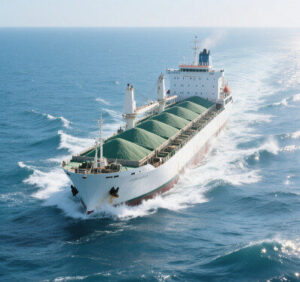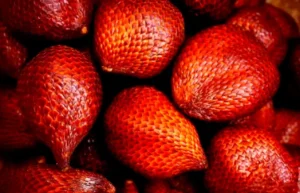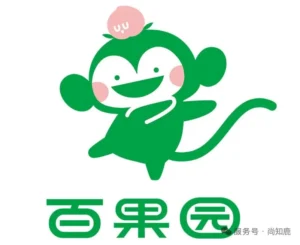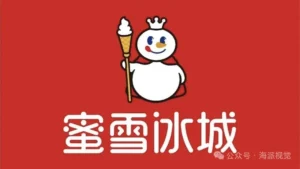In the first half of 2025, the potash fertilizer market in China experienced a significant price surge, resulting in substantial earnings growth for major listed companies in the sector. This upward trend was driven by strong demand, limited supply, and increasing import costs, creating a favorable environment for potash producers.
Price Rally and Its Impact on Companies
During the first half of 2025, the price of potassium chloride (KCl), a key component of potash fertilizers, reached multi-year highs. Several factors influenced this surge, including a 27% increase in the annual import contract price set by China’s Potash Import Negotiation Group, rising to $346 per ton (CFR), compared to the previous year. Domestic prices followed suit, with potassium chloride prices reaching new heights and potassium sulfate prices surpassing 4,100 yuan per ton.
This favorable price environment has translated into impressive financial results for leading potash producers. For instance, Dongfang Tieta projected a net profit of 451 to 495 million yuan for the first half of 2025, marking a year-over-year increase of 63.8% to 79.8%. The company attributed this growth to higher KCl prices and increased production capacity at its Lao Koyan subsidiary.
Asia-Potash International experienced an even more dramatic increase, with forecasted net profits ranging from 730 to 930 million yuan—a surge of 170% to 244% compared to the same period last year. The company’s success was driven by stable production, improved sales strategies, and tax incentives.
Zangge Mining also reported strong performance, with anticipated net profits between 1.75 and 1.9 billion yuan, reflecting a year-on-year increase of 34.9% to 46.5%. The company’s diversified portfolio, including investments in lithium and copper, further solidified its growth.
Although Salt Lake Potash has not yet released an official forecast, the company has indicated that rising KCl and SOP prices have significantly improved its operating performance, aligning with positive industry trends.
Market Dynamics and Future Outlook
The robust performance of potash producers in the first half of 2025 is driven by ongoing supply constraints and robust global demand. Low port inventories and delayed imports have contributed to upward price pressure. Additionally, Chinese government policies aimed at ensuring food security have maintained steady demand for fertilizers.
However, the market is not without challenges. Potential supply increases, particularly from major producers like Russia and Belarus, could alleviate global shortages and affect prices. Furthermore, there is a risk of policy intervention if prices rise excessively, which could lead to China releasing state reserves to stabilize the market. Seasonal factors may also influence demand; interest in purchasing potash typically decreases after autumn.
Investment Perspective
In the short term, the potash sector remains attractive to investors, as prices are likely to remain elevated due to ongoing supply constraints and strong demand. Companies with robust production capacity and effective cost control measures, such as Salt Lake Potash and Asia Potash, are well positioned to benefit from current market conditions.
In the medium term, the market could stabilize with the entry of new supply sources, including projects in Laos and the Jansen mine in Canada. Investors should closely monitor quarterly earnings updates and global potash trade flows to stay informed about the latest trends and make strategic investment decisions.
Conclusion
The first half of 2025 was a pivotal period for China’s potash producers, marked by a substantial price increase that greatly improved their profitability. Although the market faces uncertainties, the outlook remains positive, driven by strong demand and supportive government policies. Those that can manage supply chain challenges and capitalize on market opportunities will likely continue to thrive in this seller’s market.









